Looking at the latest leaks, Google's upcoming Pixel 10 Pro Fold appears to be making a strategic compromise that might actually be smarter than chasing the ultra-thin foldable trend. While leaked renders show a device "pretty identical to the Pixel 9 Pro Fold in all regards," there's a more significant story emerging from the technical specifications.
The CAD-based renders reveal minor design tweaks like the SIM card slot moving to the top and some curious button placement changes. But the real strategic shift becomes clear when you look at the leaked dimensions: the Pixel 10 Pro Fold will measure 155.2 x 150.4 x 5.3mm when unfolded, making it 0.2mm thicker than its predecessor at 5.1mm.
That extra thickness might seem minimal, but it signals Google's willingness to prioritize practical performance over the industry's obsession with millimeter-thin specs. And honestly? That could be the smartest move in the foldable space right now.
Why thicker might actually be better
Samsung and other manufacturers are racing to create the thinnest possible foldables, but Google might be taking a different approach. The Pixel 9 Pro Fold already took a battery hit compared to the original Pixel Fold, dropping from 4,821 mAh to 4,650 mAh despite improved efficiency from the Tensor G4 chip.
With the upcoming Tensor G5 processor expected to deliver significantly better power efficiency thanks to TSMC's 3nm manufacturing process, Google has a unique opportunity. That extra 0.2mm of thickness could accommodate a larger battery while the more efficient chip maintains or improves battery life. It's a win-win scenario that prioritizes daily usability over spec sheet bragging rights.
The competitive landscape proves this approach has merit. Xiaomi managed to fit a 5,100 mAh battery in their flip phone alongside 67W charging, while Vivo's X Fold3 Pro packs 5,700 mAh using dual battery design with semi solid-state technology. These examples show Google isn't just playing catch-up—they're positioning themselves to deliver the battery life that makes foldables genuinely practical for mainstream users.
The foldable market reality check
Google's battery-first strategy makes even more sense when you consider the foldable market dynamics. Foldable shipments are expected to reach just 17.8 million units in 2024, representing only 1.5% of the smartphone market. With Samsung's market share dropping to around 50% and competitors like Huawei positioning for a 30% share, there's a clear opening for differentiation.
This market fragmentation creates the perfect opportunity for Google to establish a distinct value proposition. While competitors chase thinness milestones, Google can focus on solving the fundamental user experience problem: battery anxiety. The Pixel 9 Pro Fold's 55% battery test result compared to the regular Pixel 9 Pro's 62% shows there's significant room for improvement.
Factor in reports suggesting the Pixel 10 Pro Fold "will be offered at a lower price point this year" with a "modest price reduction," and Google's positioning becomes compelling. Better battery life at a lower price point creates a value proposition that directly addresses the two biggest barriers to foldable adoption: practicality and cost.
What this means for August 2025
With the expected August 20, 2025 launch date approaching, Google's strategy becomes clearer. Rather than chasing the thinness crown, they're focusing on practical improvements that matter for daily use: better battery life, improved efficiency, and competitive pricing.
The Tensor G5's advanced capabilities support this approach perfectly. Beyond efficiency gains, the chip enables 4K HDR video recording at 60fps and enhanced AI features that require significant processing power. These capabilities demand reliable battery performance, making Google's thickness compromise even more strategic.
The slightly thicker design also aligns with Google's broader approach to the Pixel 10 series, where dimensions remain largely unchanged across the lineup. It's a mature approach that prioritizes refinement over flashy new form factors, exactly what the foldable market needs as it moves toward mainstream adoption.
PRO TIP: If you're considering the Pixel 10 Pro Fold, the battery improvements might be more valuable than the marginal thinness gains you'd get elsewhere. A foldable that lasts all day is infinitely more useful than one that's 0.2mm thinner but dies by afternoon.
Don't Miss: Keep an eye on the August announcement for official battery capacity specs—they'll tell us whether Google's thickness compromise delivers the performance gains we're expecting.
The real test will be whether Google can deliver meaningful battery life improvements to justify the slightly thicker profile. Given the efficiency gains from the Tensor G5 and the potential for a larger battery, this compromise might be exactly what the foldable market needs: practical innovation over spec sheet theater.
Cover image via Google Store





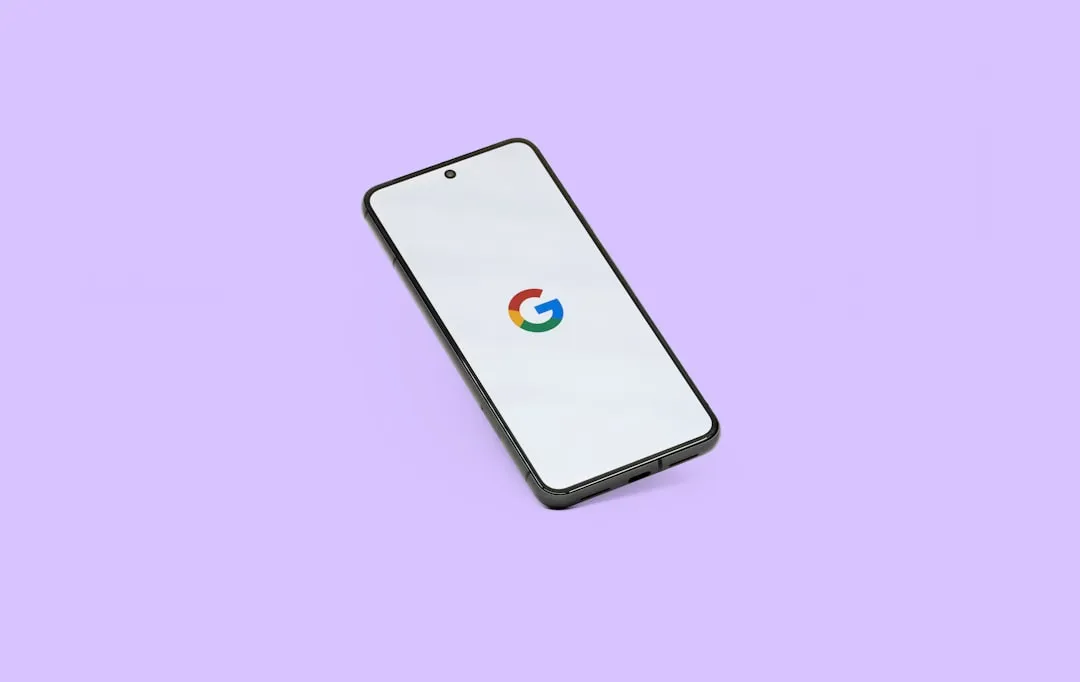

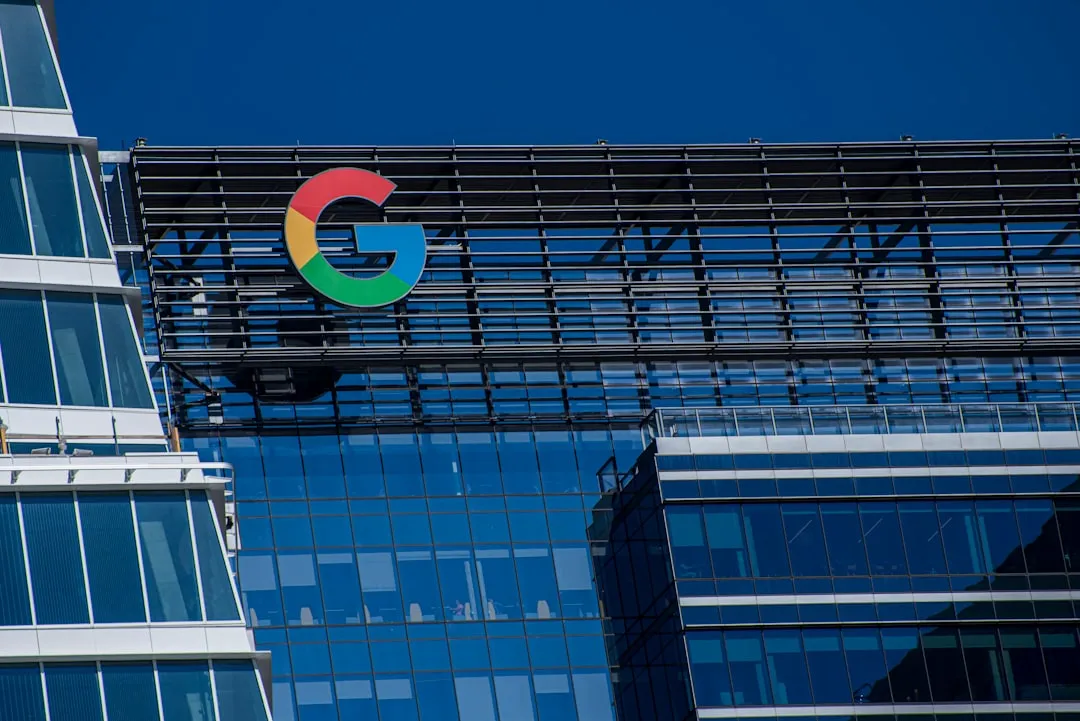
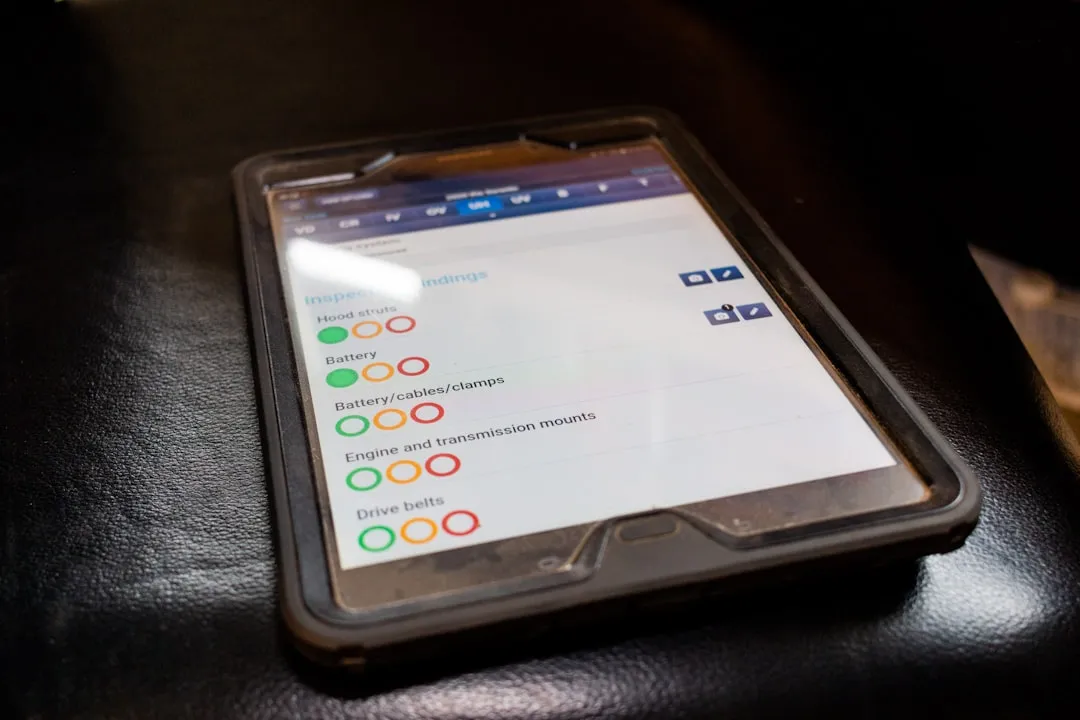


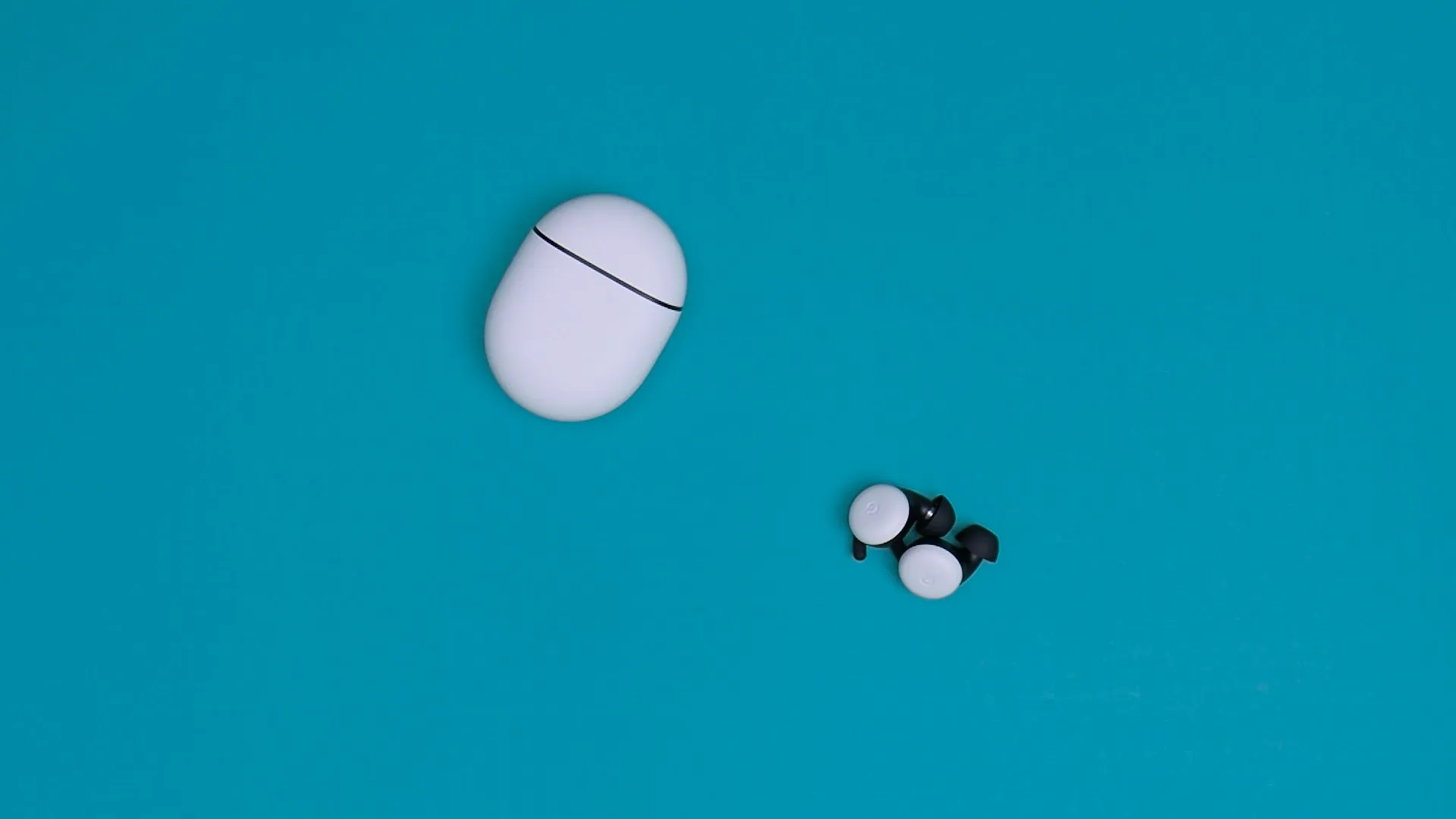




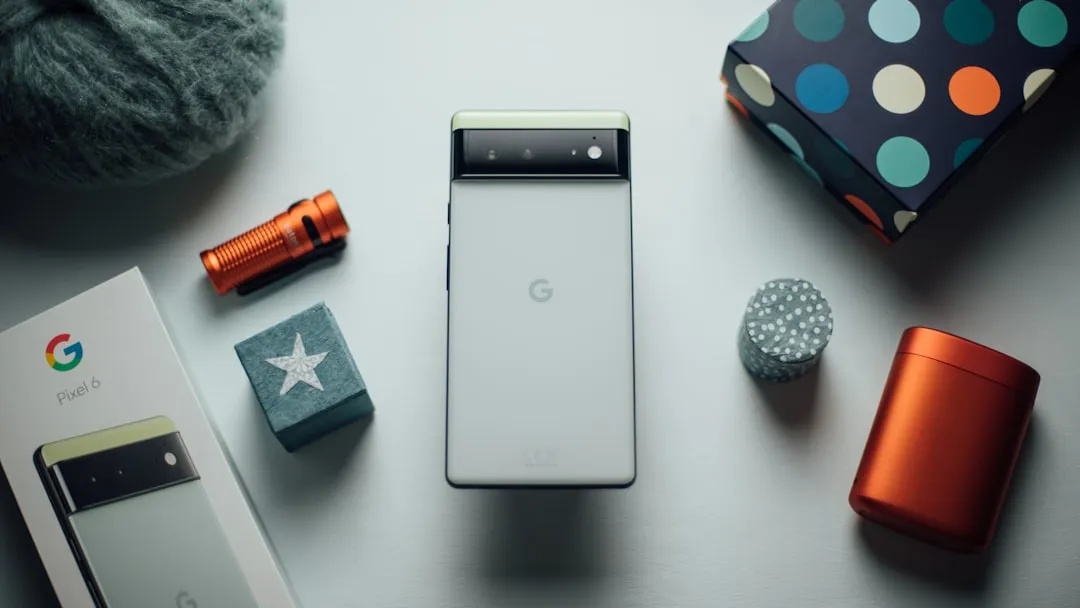

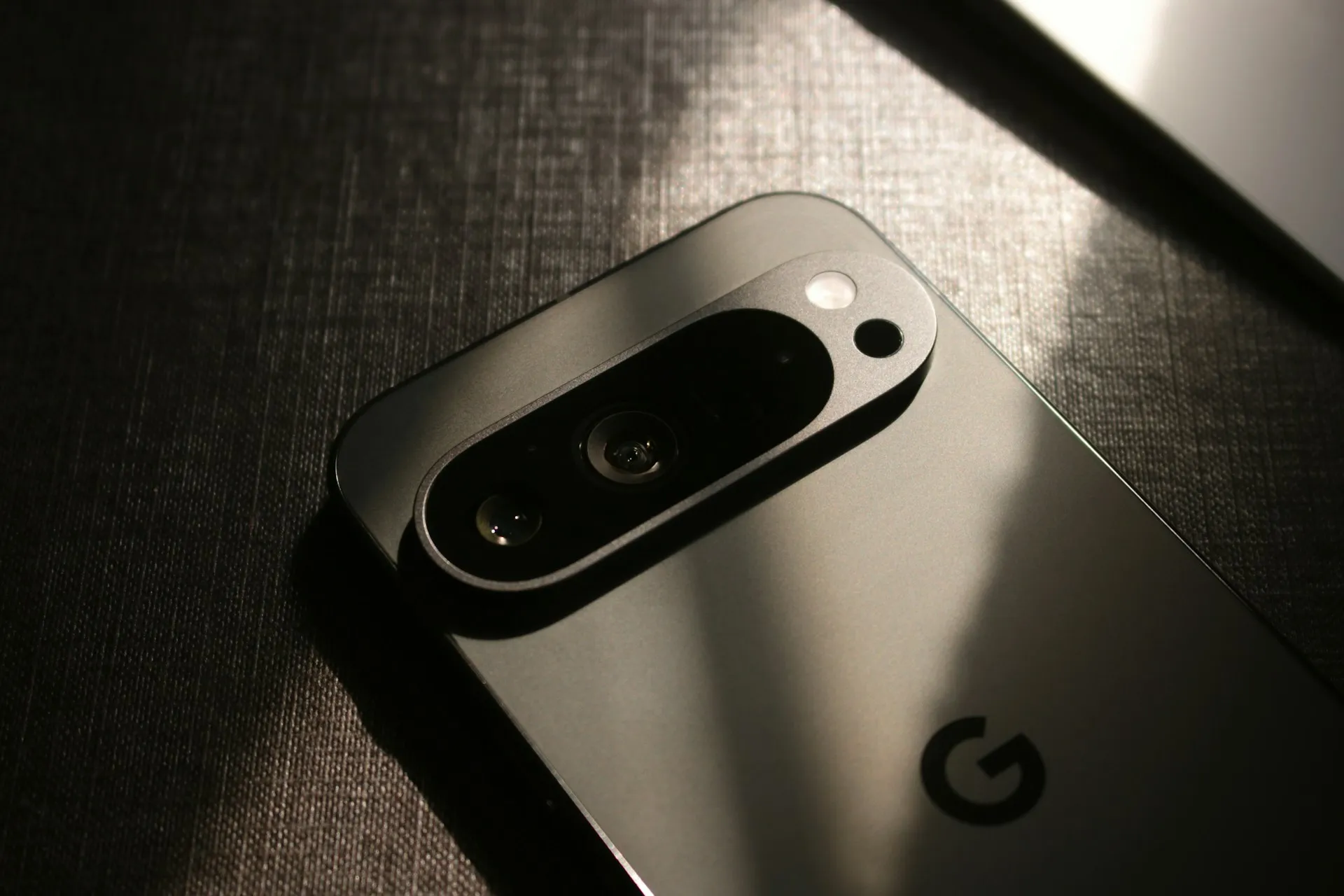
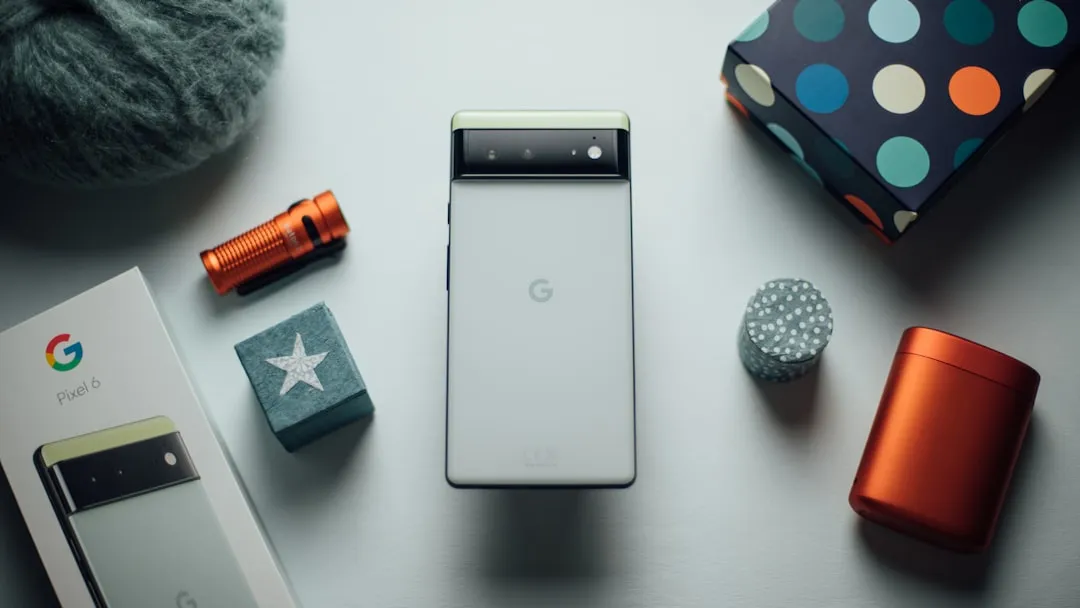
Comments
Be the first, drop a comment!